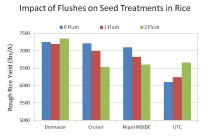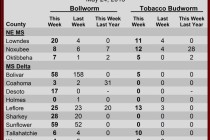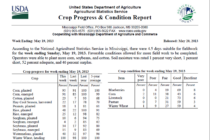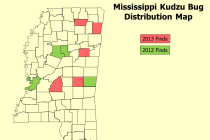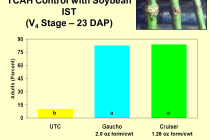Labeled Fungicides for Corn Disease Management
Several people have asked about a list of fungicides and the specific diseases they may manage best. Included in this post is a table that has been put together by the Corn Disease Working Group of fungicides and how they respond in environments with specific diseases in efficacy trials from throughout the U.S.

